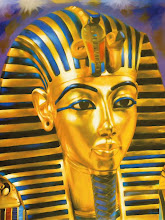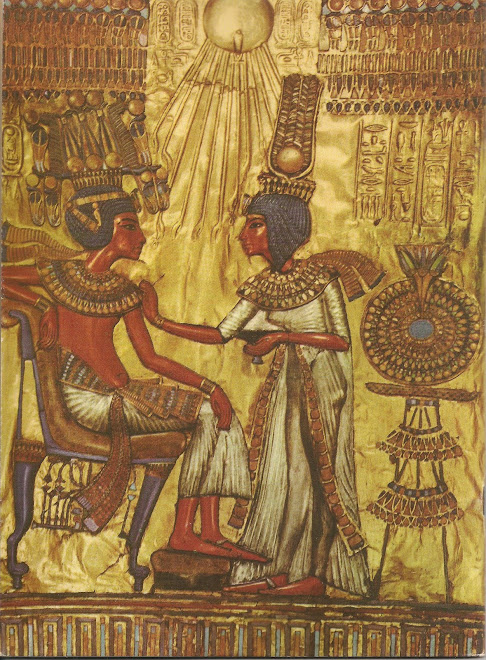quinta-feira, 5 de agosto de 2010
Maat & Aeon of Maat
Maat, Ma'at, Maāt or Mayet, thought to have been pronounced as *Muʔʕat (Muh-aht),[1] was the Ancient Egyptian concept of truth, balance, order, law, morality, and justice. Maat was also personified as a goddess regulating the stars, seasons, and the actions of both mortals and the deities, who set the order of the universe from chaos at the moment of creation.
The earliest surviving records indicating Maat is the norm for nature and society, in this world and the next, is recorded during the Old Kingdom in pyramid texts (ca. 2780-2250 BCE).[2]
Later, as a goddess in other traditions of the Egyptian pantheon, where most goddesses were paired with a male aspect, her masculine counterpart was Thoth and their attributes are the same. After the rise of Ra they were depicted together in the Solar Barque. As Thoth has been seen to represent the Logos of Plato[3], so Maat has been viewed as an expression of Divine Wisdom.[4]
After her role in creation and continuously preventing the universe from returning to chaos, her primary role in Egyptian mythology dealt with the weighing of souls that took place in the underworld, Duat.[5] Her feather was the measure that determined whether the souls (considered to reside in the heart) of the departed would reach the paradise of afterlife successfully.
Pharaohs are often depicted with the emblems of Maat to emphasise their role in upholding the laws of the Creator.[6]
( extract source - http://en.wikipedia.org/wiki/Maat )
Subscrever:
Enviar feedback (Atom)


.jpg)
.jpg)









+001.jpg)


+001.jpg)



+001.jpg)




+001.jpg)
+001.jpg)



+001.jpg)





+001.jpg)

+001.jpg)

+001.jpg)
+001.jpg)
+001.jpg)
.jpg)



Sem comentários:
Enviar um comentário
Nota: só um membro deste blogue pode publicar um comentário.